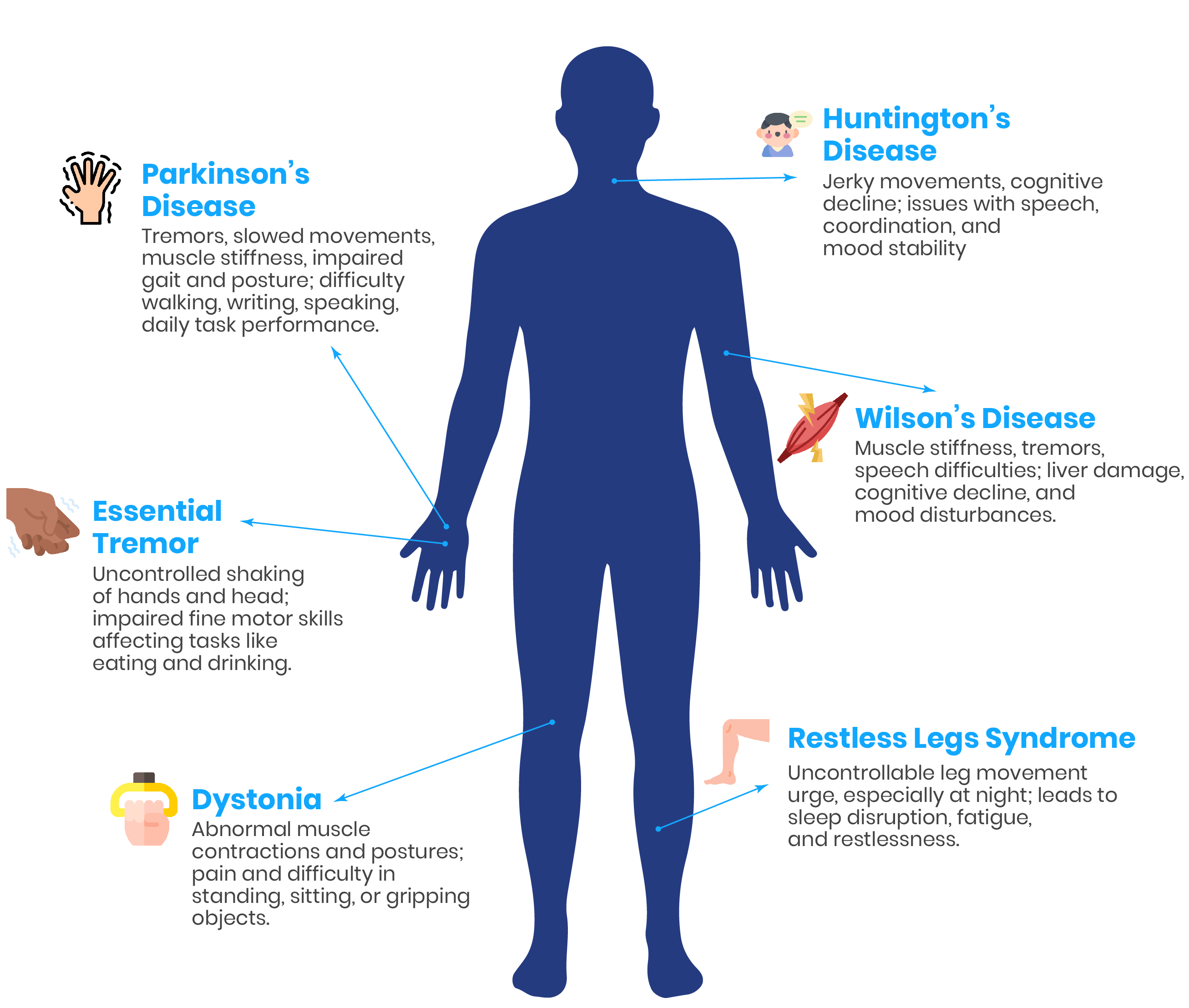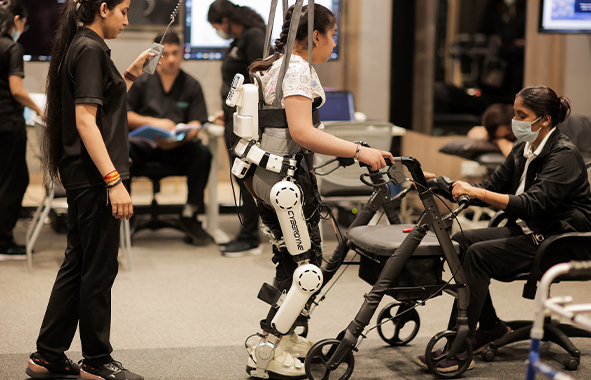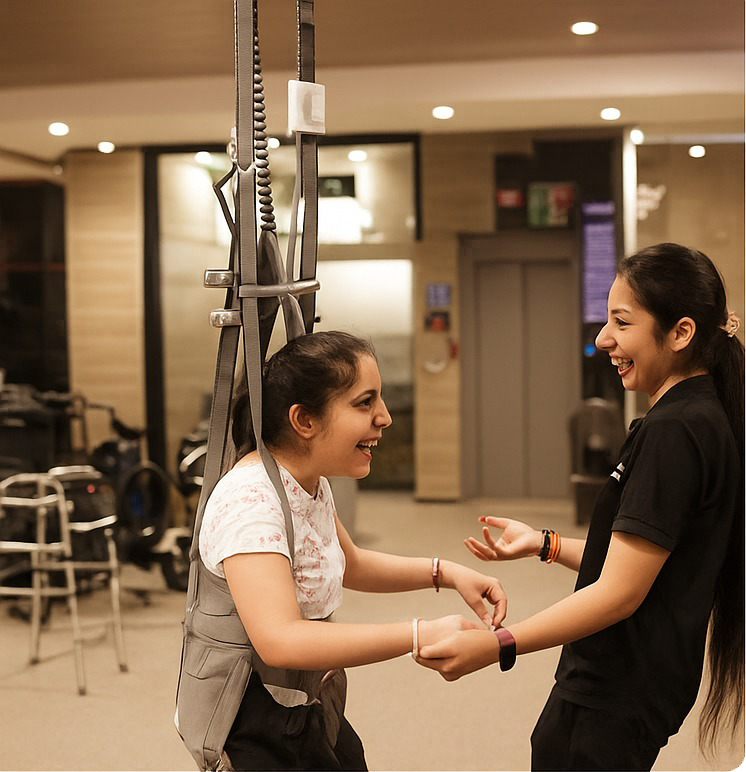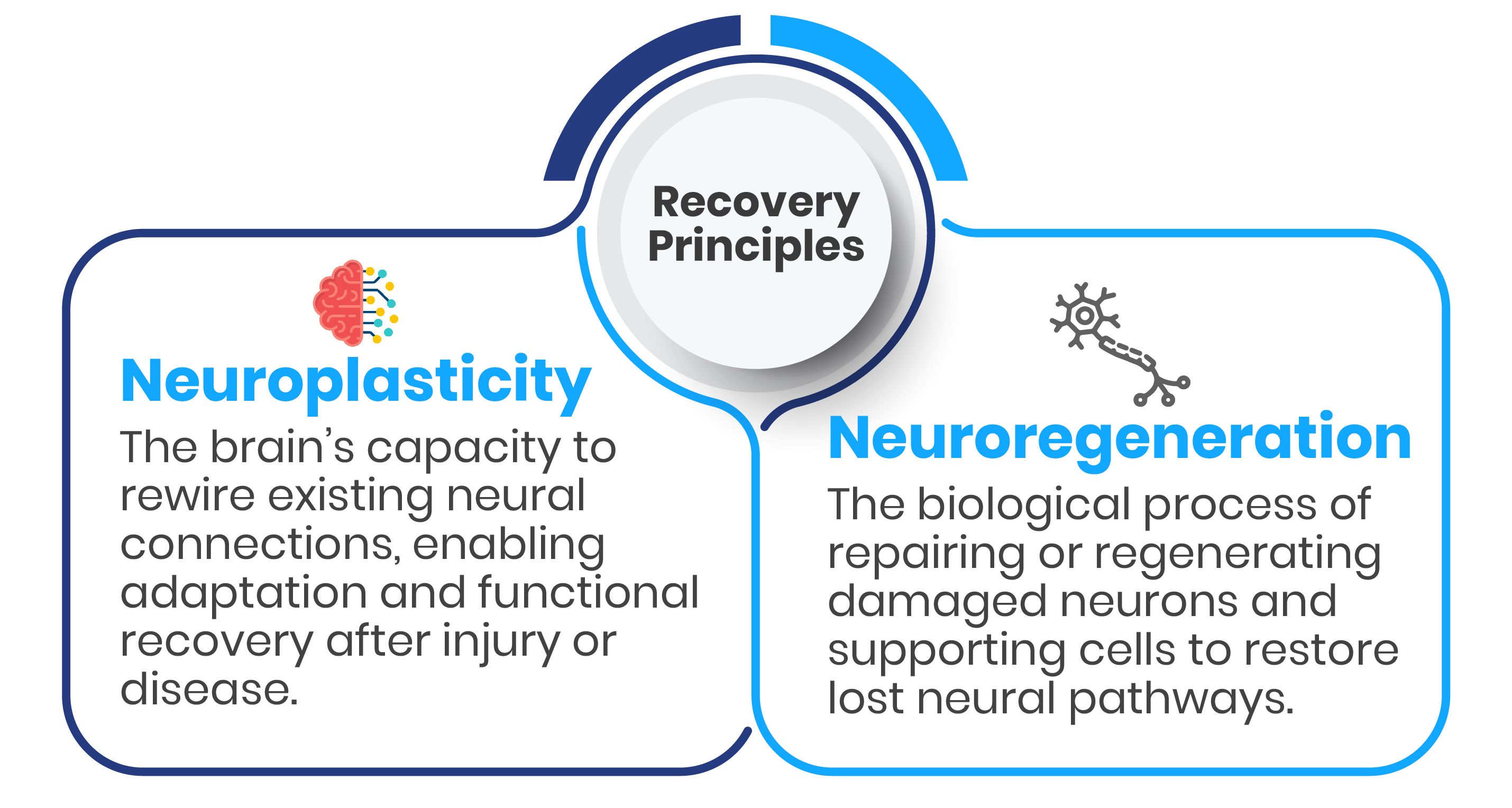Have questions or interested in our premium window solutions? Reach out to us—we're here to help!
Movement Disorders are characterized by slowing of body movements, muscle stiffness, and tremors. Some people may have cognitive impairments, such as memory and concentration impairments. Emotionally, social disengagement and embarrassment may impact one's life due to these symptoms. Movement and coordination might become more difficult when the sensory feedback system gets affected.



Systematic assessment of mobility impairment.
Early intervention induces neuroplasticity for motor recovery.
Strength training optimizes control and coordination.
Gait rehabilitation and robot rehabilitation optimize muscle strength and balance.
Optimize long-term benefit.
Home training, follow-up, and transition to life.







Walk Again is growing its reach throughout Southeast Asia, bringing advanced neuro-recovery services to more patients. Also opened in Oman.
Contact UsA: Although the goal of rehabilitation is to increase your level of mobility and independence, the extent of recovery is based upon your type of disorder, its severity, and how well you respond to treatment. Advanced neurorehabilitation procedures can greatly enhance mobility, coordination, and everyday function.
A: Everybody recovers at a different pace. While some patients may need months of regular therapy, others may see benefits in as little as a few weeks. One can notice remarkable improvement in 24 sessions repeated 2-3 times every week.
A: Rehabilitation may slow functional decline, increase mobility, and improve quality of life for progressive conditions like Parkinson's or ataxia, but it cannot stop the disease's course. It is aimed at maintaining independence for as long as feasible.
A: Functional recovery is the major goal of rehabilitation, which aids in the restoration of abilities such as walking, gripping things, clothing, and balancing. With the use of assistive devices and focused therapy, the aim is to regain as much independence as possible.
A: Indeed, cutting-edge treatments like Cyberdyne HAL, Brain-Computer Interface (BCI), and Functional Electrical Stimulation (FES) have been clinically verified and shown to improve recovery. These non-invasive devices are made for safe, efficient rehabilitation.